Donor Classification
As in the HRI 2010, a multidimensional statistical analysis was undertaken to classify donors into categories based on their similarities. Based on this analysis donors have been placed into three groups: Principled Partners; Learning Leaders; and, Aspiring Actors. This classification by groups allows donor policy makers and their humanitarian partners the opportunity to compare performance against a smaller set of peers. The grouping is not hierarchical: each group of donors has its own set of strengths and weaknesses, but all have made positive contributions to overall humanitarian aid efforts.
Group 1: Principled Partners
The “Principled Partners” group includes Denmark, Finland, the Netherlands, Norway, Sweden and Switzerland. The group is characterised by their generosity, as measured by the ratio of humanitarian assistance compared to Gross National Income (GNI), a strong commitment to humanitarian principles of neutrality, impartiality and independence, and for flexible funding arrangements with partners.
Group 2: Learning Leaders
Canada, the European Commission (specifically the Directorate General for Humanitarian Aid and Civil Protection department, ECHO), France, the United Kingdom (UK) and the United States (US) make up the group of “Learning Leaders”. This group of donors is characterised by their leading role and influence in the humanitarian sector in terms of their capacity to respond, field presence and commitment to learning and improving performance in the sector. They tend to do poorer in areas such as prevention, preparedness and risk reduction efforts, and in perceptions around the neutrality, impartiality and independence of their aid (ECHO is a notable exception, as it scores well above most donors in this regard).
Group 3: Aspiring Actors
Australia, Belgium, Germany, Ireland, Italy, Japan, Luxembourg and Spain make up the group of “Aspiring Actors”. This group is diverse in terms of their size and capacities, but is characterised by their focus on building strengths in specific “niche” areas, such as geographic regions or thematic areas like preparedness and prevention, and their aspirations to take on a greater role in the sector. As a group, they tend to have more limited capacity to engage with the humanitarian system at the field level and score below the OECD/DAC average in the majority of the HRI pillars and indicators.
Partially-assessed donors
This year, four donors were not included in the full HRI assessment due to insufficient data from the field: Austria, Greece, New Zealand and Portugal. In the case of Greece and Portugal, the volume of their humanitarian assistance has been minimal compared to other donors (including new and emerging donors) for several years. Additional aid cuts brought on by the severe financial crisis have further limited their engagement with the sector. Austria and New Zealand, on the other hand, have made concerted efforts to review and improve their aid policies, but the limited number of partners at the field level made it impossible to assess them against the qualitative components of the index.
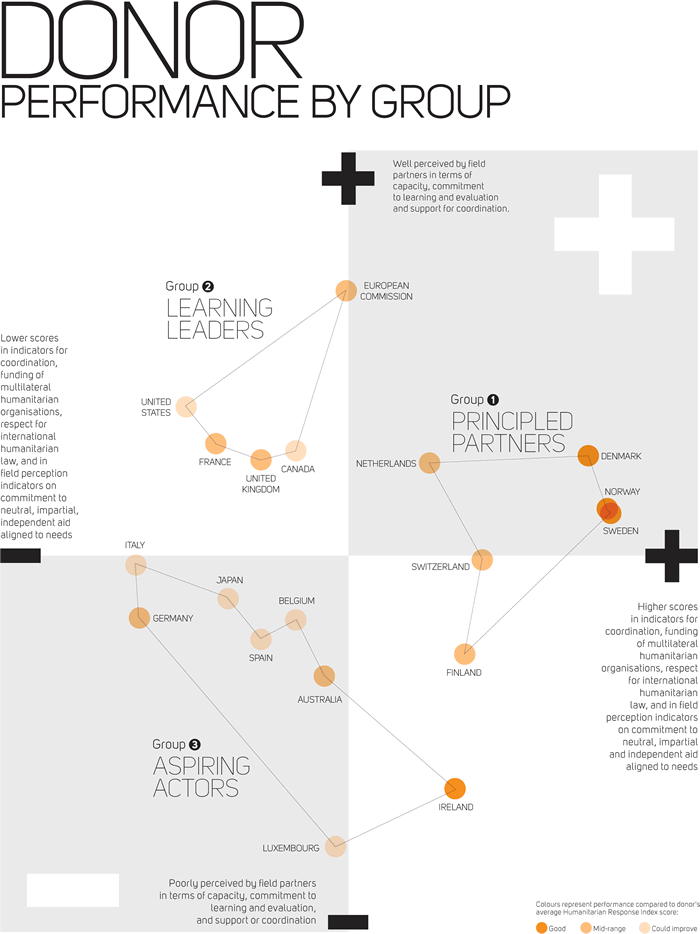
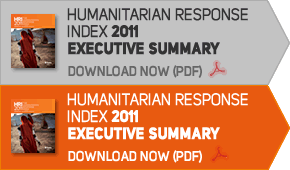

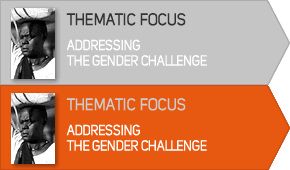
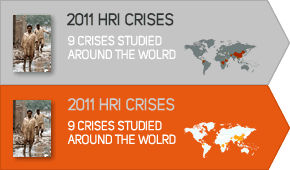
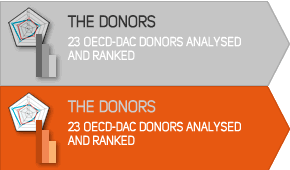
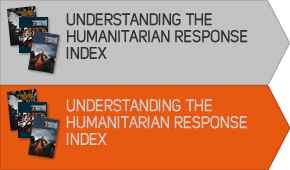

Share this